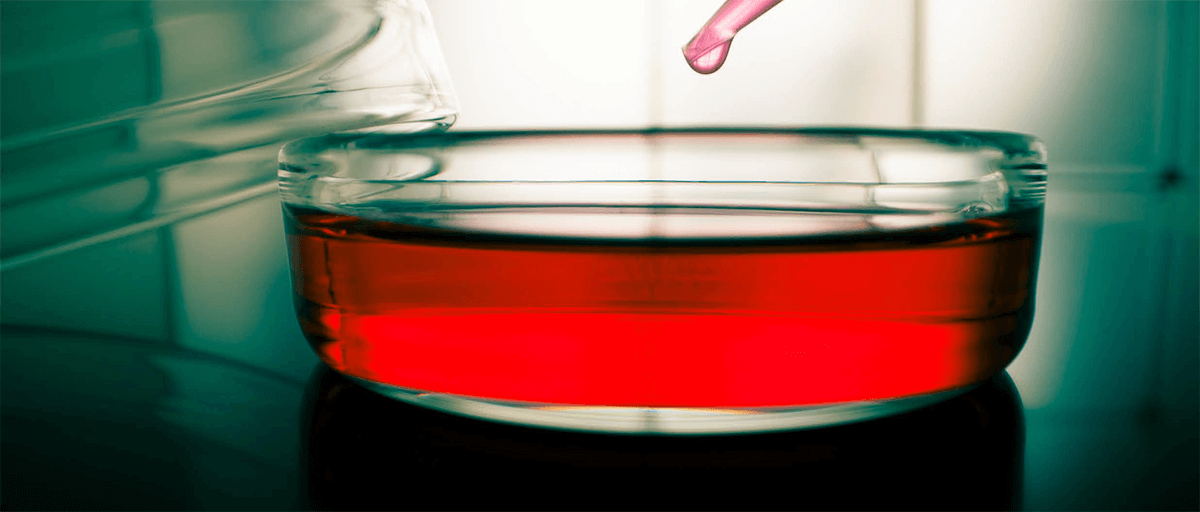
It has been noted that the concentrations of metals in commercially available chemically-defined cell culture media can range from 1 to 25,000 ppb.2 Raw material preparation and formulation is a known source of elemental content and variation in media; however, it is not the only contributor to trace metal concentrations and variability. Other known sources are the leaching of trace metals from bioreactors (both stainless steel and glass), preparation vessels and storage containers.
This wide range of metal concentrations has a direct impact on cell growth and critical quality attributes, such as glycosylation. Therefore, source material control, trace metals determination and monitoring, as well as culture media characterization should be considered essential strategies in upstream bioprocessing.3 Biopharma laboratories can therefore benefit from a highly sensitive and selective analytical technique, such as inductively coupled plasma-mass spectrometry (ICP-MS).
As a powerful tool for elemental analysis, ICP-MS has the advantages of multi-element analysis capability, high sensitivity, low detection limits, wide linear dynamic range, and easy automation. However, as with all other analytical techniques, ICP-MS analysis is subject to interferences. Culture media is a complex mixture containing a substantial amount of inorganic salts and organic compounds, which can generate polyatomic and other interferences that increase the spectral background and can compromise analytical accuracy.





